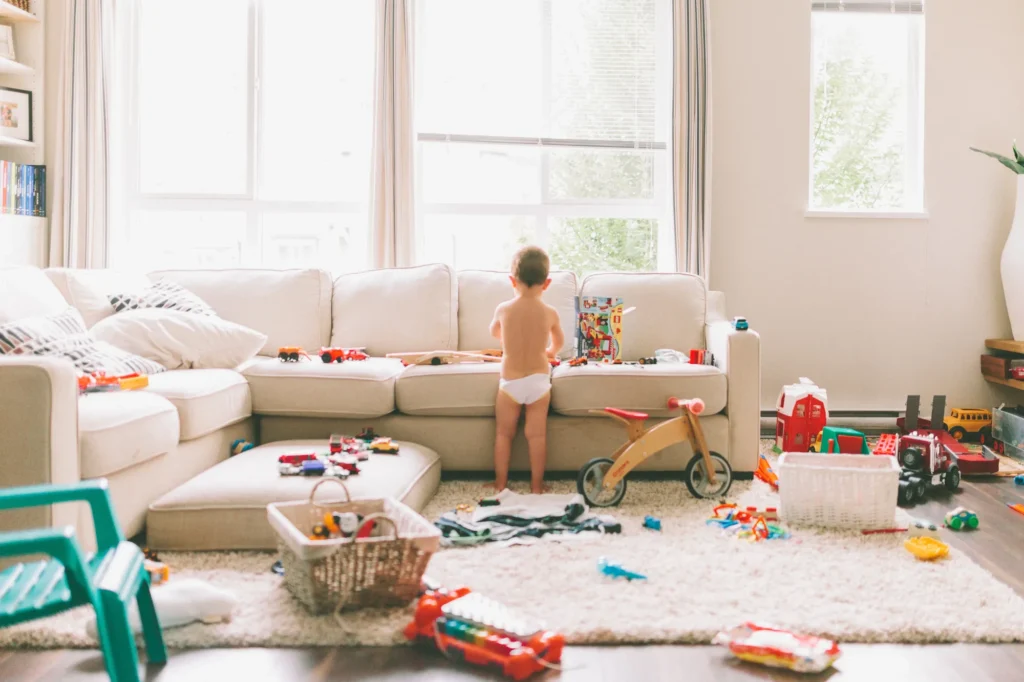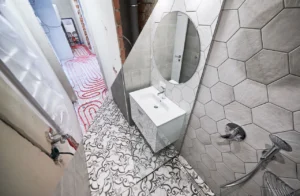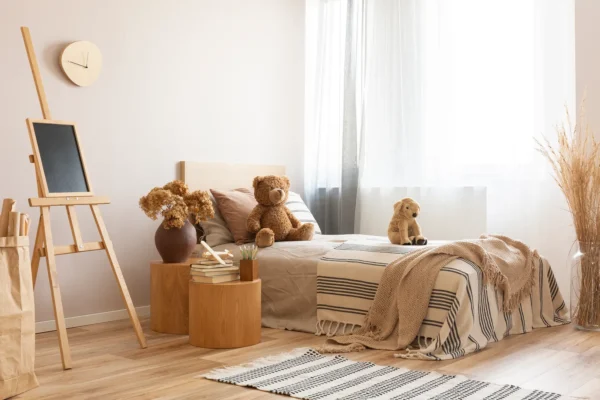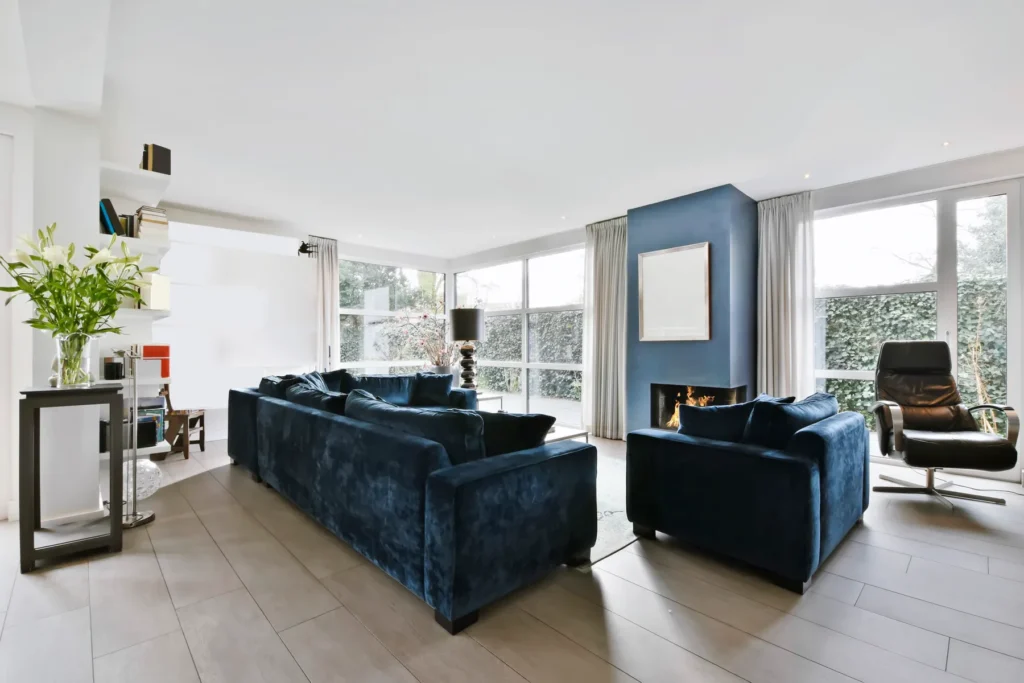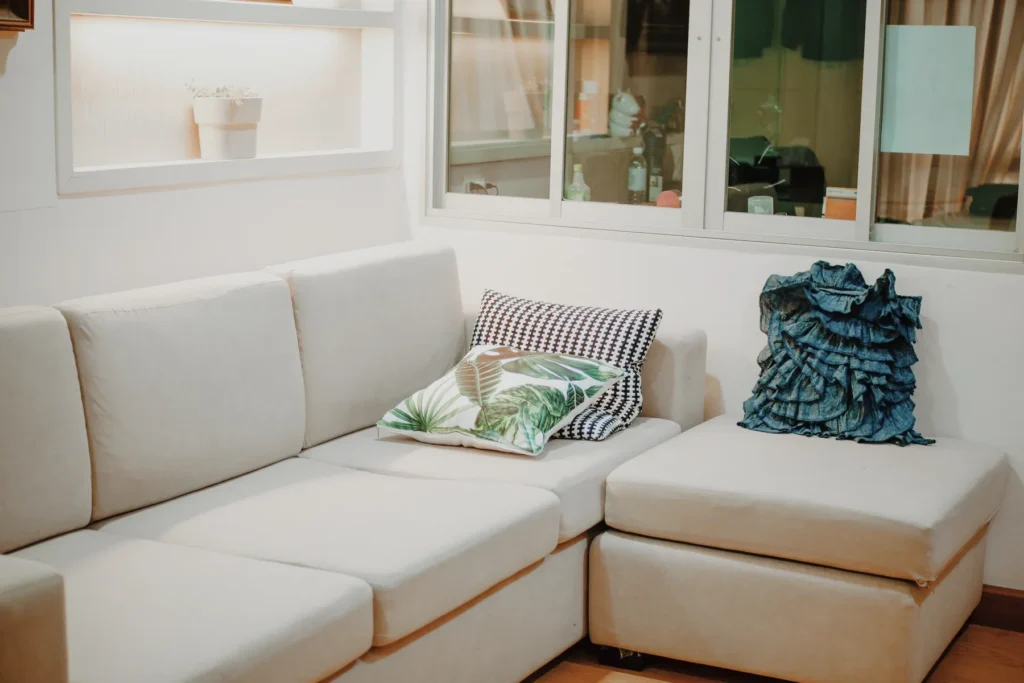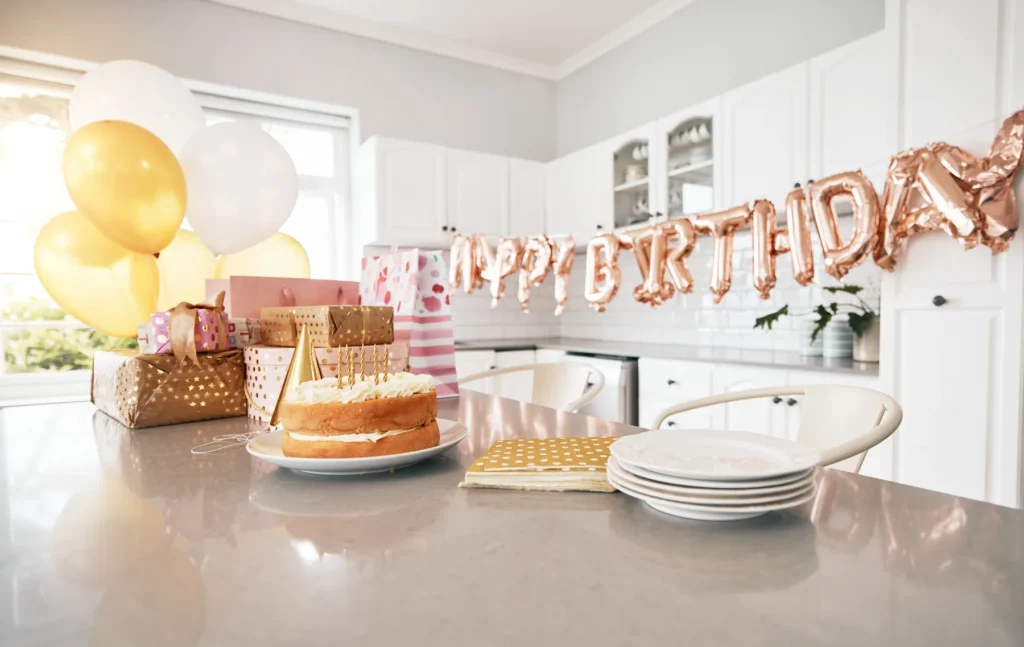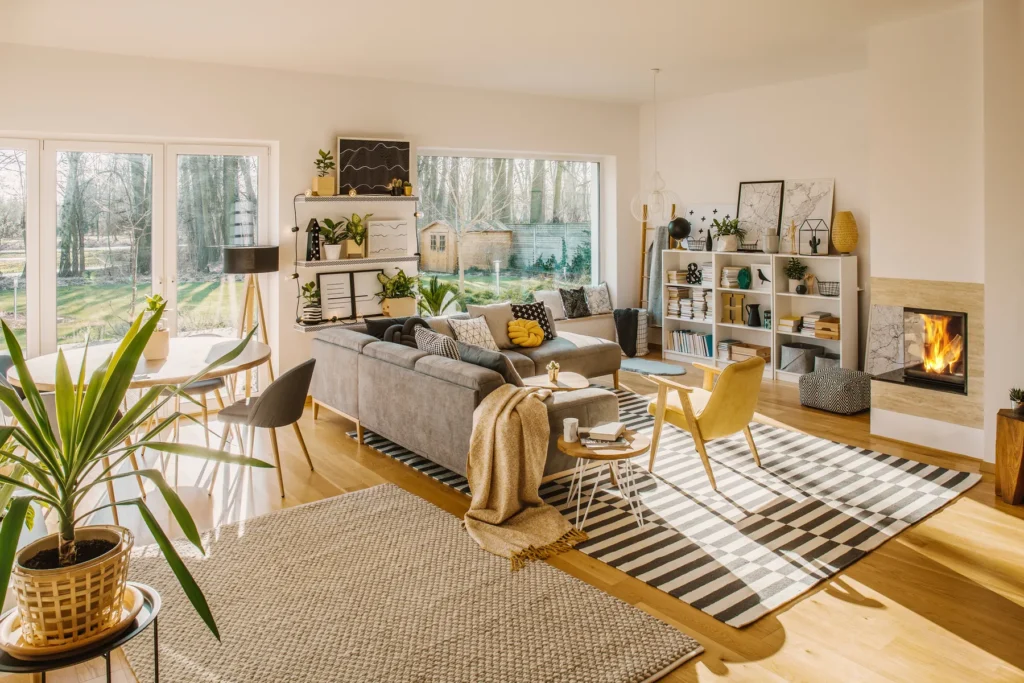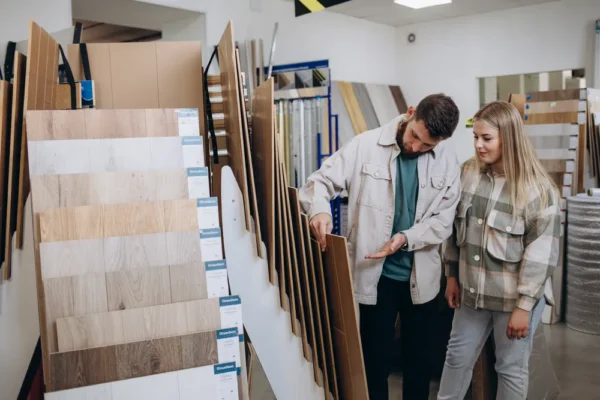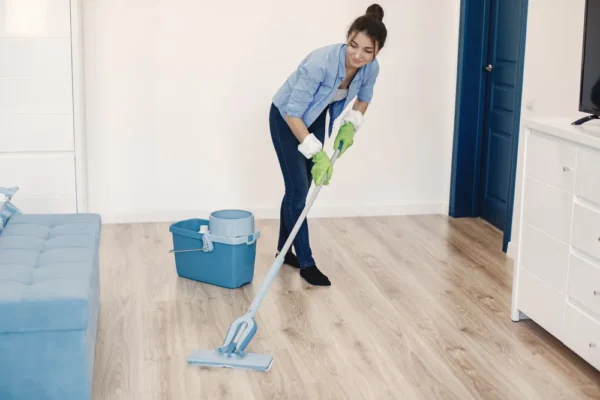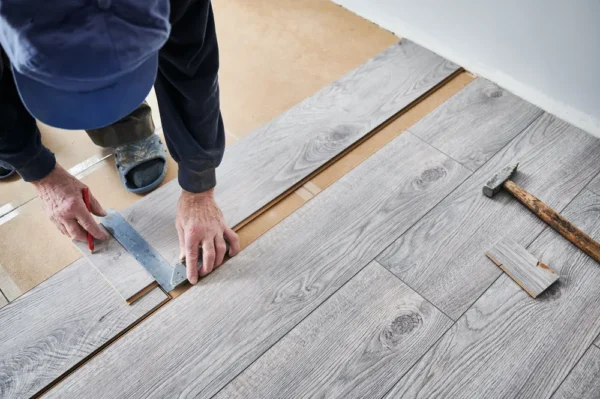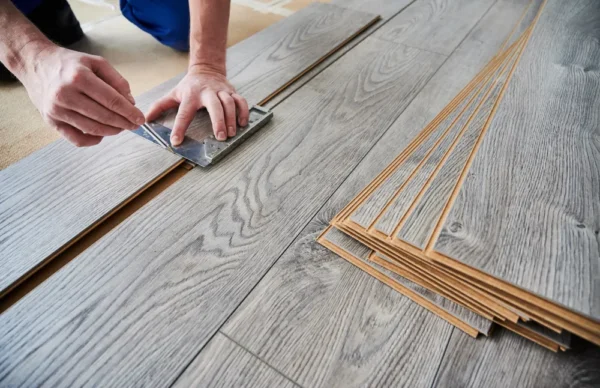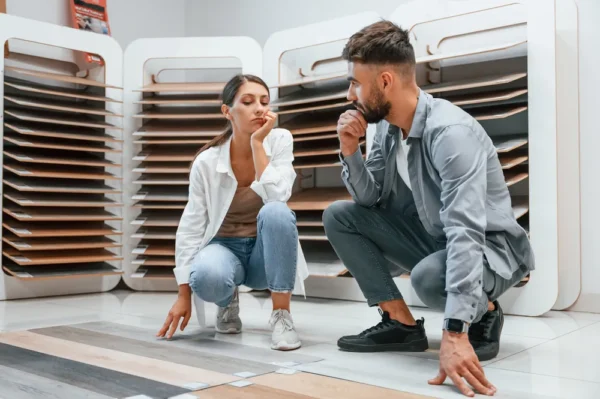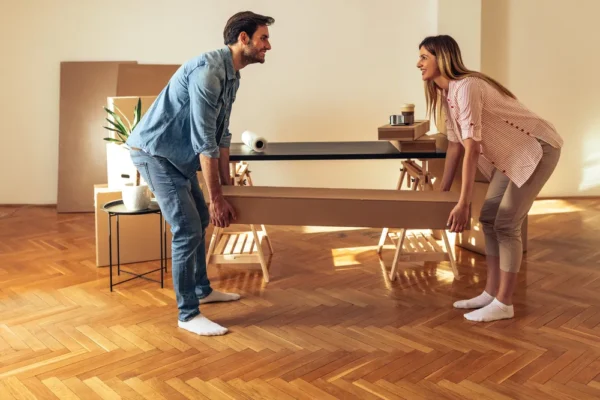Imagine an inviting living space with opulent sofas, sophisticated accents, and possibly an exquisite coffee table centerpiece. However, amid this allure, numerous households face a frequent challenge: the ongoing struggle to preserve orderliness, particularly in organizing the assortment of objects that appears to increase daily. Maintaining an organized and clutter-free living room can frequently feel like an endless challenge, regardless of whether one is a parent, pet owner, or simply an enthusiast of pastimes that spill over into shared spaces. In this post We will looked how to store toys in the living room, let’s do it.
Read out our latest blog on What is a Great Room?
Importance of Finding Stylish and Functional Storage Solutions
When striving for a cohesive living environment, it is crucial to prioritize storage solutions that seamlessly combine functionality and aesthetics. Sophisticated storage solutions not only augment the visual attractiveness of a given area but also serve as essential components in facilitating organization and optimizing the utilization of accessible space. By effectively organizing media accessories and games and concealing commonplace clutter, appropriate storage solutions can elevate an unorganized living space to an atmosphere of sophistication and serenity.
Assessing Your Space and Needs
In the war against clutter, the living room generally leads. Toys make tidiness especially difficult. Toys get everywhere as kids play and explore, converting a peaceful home into a chaotic playground. You can reclaim your living area without losing design or practicality with strategic storage options.
Understanding the layout and available storage areas in the living room
Before buying storage solutions, evaluate your living room’s layout and storage space. Understand that every living space is different, with its own quirks and proportions, before choosing storage choices. Assess the room’s size, shape, and built-in shelves, alcoves, and unused nooks for storage. Maximizing these places maximizes storage efficiency without overpopulation.
Identifying the types and quantities of toys to be stored
Next, inventory your living room toys. Different households have toys, from plush animals to building blocks, board games to action figures. An inventory of your child’s toys will help you find the proper storage solutions. Size, frequency of usage, and accessibility can classify toys. This will allow you to customize your storage strategy and put every toy in its spot.
Considering safety and accessibility for children
Safety is paramount when choosing living room storage options, especially for small children. Choose storage units with rounded edges and secure closures to reduce accidents. Consider storage height and accessibility to ensure youngsters can retrieve and put away toys without help. Open bins or baskets allow young hands to reach while looking nice. Create a child-friendly living area that encourages independence and responsibility by stressing safety and accessibility.
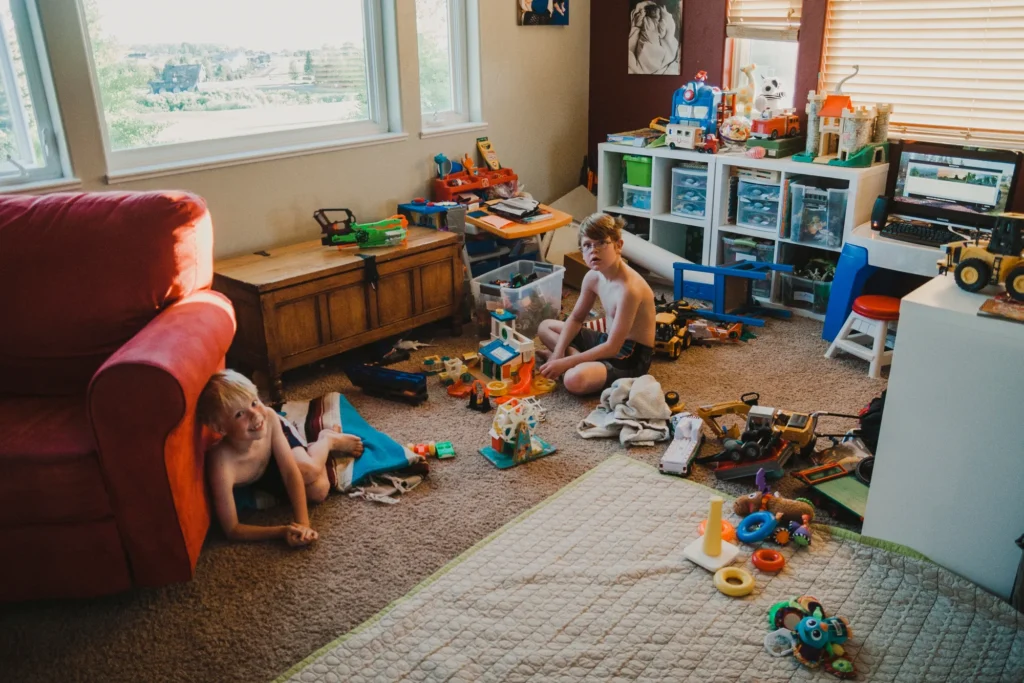
Assessing your space and needs is the first step to a tidy living room. By analyzing your living room’s layout, defining the types and quantities of toys to store, and considering safety and accessibility for children, you may create stylish and useful storage solutions.
Stylish Storage Solutions
Multi-functional Furniture
- Utilizing storage ottomans, benches, or coffee tables with hidden compartments:
Buying multi-functional furniture is one of the best strategies to reduce living room toy clutter. Storage ottomans, benches, and coffee tables with secret sections can hide toys when not in use. These components are beautiful and functional for organizing and hiding toys.
- Incorporating shelves and cubbies for both display and storage:
Cubbies and shelves provide flexible storage that matches your living room’s style. Consider putting floating shelves or modular shelf systems that match your decor and hold books, decorations, and organized toys. Cubbies are ideal for baskets or bins, making toys accessible while keeping the space tidy.
Baskets and Bins
- Decorative Woven Baskets for Quick and Easy Toy Clean-up:
You can store things in woven baskets, adding a touch of color and texture to any room. Pick baskets of different sizes and shapes to hold a range of toys, and choose ones with handles to make them easy to move around.
Putting baskets in convenient places around your house makes cleanup a breeze since kids can throw their toys into the closest basket when they’re done playing.
- Clear Bins or Colorful Containers for Categorizing Toys:
Organizing toys by type, size, or theme in clear or colorful bins is attractive. Transparent bins make it easier for kids to find items without digging through many containers.
Labeling bins or containers with pictures or text can help young children organize and clean independently.
Wall-mounted Options
- Floating Shelves for Displaying Toys as Decor:
Floating shelves are great for displaying toys as decorations while keeping them off the floor and out of reach of younger children. Alternate toys with books, figurines, and other decorations to create visual interest.
Floating shelves may be adjusted to fit different-sized toys and can be used as a flexible storage solution.
- Hanging Organizers or Pouches for Small Toys and Accessories:
Hanging organizers or pouches keep small toys, accessories, and craft supplies tidy and accessible. Hang them on doors, closets, or walls to optimize vertical space and reduce clutter.
Use organizers with clear pockets or sections, and name each pouch for easy access.
Incorporating Design Elements
Coordinating Storage Solutions with Existing Décor
Cohesion is an important part of interior design and should also be part of your storage options. Match them to the rest of your home’s decor to make your storage bins and furniture look like they belong together. Take a look at these suggestions:
- Match Colors and Finishes: Pick storage options that go with the colors and finishes of your furniture and other items in the room. To make a room look like it goes with the warm wood tones in the living room, for example, choose storage bins or boxes in the same color family.
- Consider Style and Theme: When choosing storage options, think about the style and theme of your whole home. Pick storage choices that go with your room’s style, whether modern and simple or eclectic and free-spirited.
- Blend In or Stand Out: There are storage options that blend in with their surroundings and ones that stand out, depending on your taste. If you want a cohesive look, choose storage containers that match the rest of the decor. If you want a bold look, choose containers with designs or materials that make them stand out.
Adding Pops of Color or Patterns with Storage Containers
Containers for storage don’t just have to be helpful; they can also be used as decorations to give your home more personality and style. Adding splashes of color or design to your storage solutions can make the room look more attractive. How to do it:
- Choose Vibrant Colors: A fun way to spice up your decor is to use bright-colored storage bins like coral, mustard yellow, or teal. These bright colors can quickly make a space feel better and give your storage areas a focal point.
- Experiment with Patterns: Choose storage bins with fun patterns like stripes, polka dots, or geometric shapes. These patterns can add life and energy to your space, making it feel friendlier and more lively.
- Mix and Match: Try combining different color and pattern combinations to make your own unique style. Try out different combinations that look good together and make your storage places more interesting to look at.
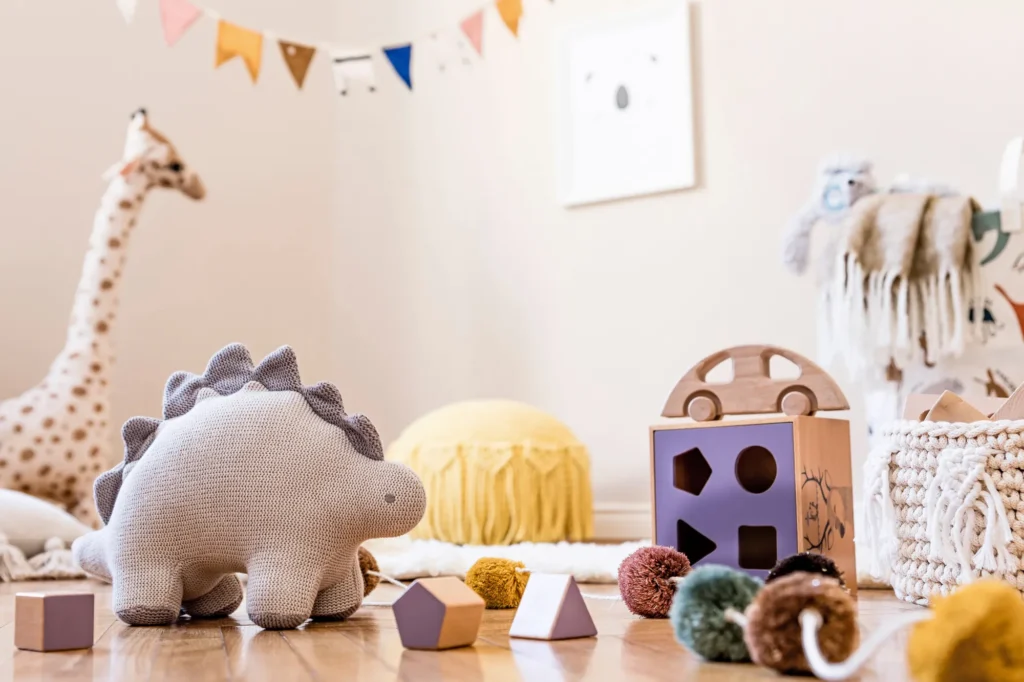
Mixing Textures and Materials for Visual Interest
Adding different textures and materials to your storage solutions can give your space more depth and structure, making it look better. Here are some excellent ways to mix other materials and textures:
- Combine Natural and Synthetic Materials: To make things look different and more enjoyable, mix artificial materials like plastic or metal with natural ones like wood, rattan, or grasses. For example, put metal wire bins next to a wooden storage bench for a stylish mix of textures.
- Play with Texture: Use storage containers with different surfaces, like woven baskets, smooth ceramic jars, or fabric bins with various patterns. These different textures can make your storage options look more exciting and give them a more layered look.
- Consider Functional Materials: In addition to how they look, you should also consider how well the materials used in your storage options work. Choose long-lasting, easy-to-clean materials that can handle wear and tear for places that get much use or are likely to get wet.
Creating a Balance between Function and Style
Prioritizing Easy Access to Toys While Maintaining Visual Appeal
When making a living room that can also be a play place for kids, it’s essential to ensure that toys are easy to get to without sacrificing the room’s look. To find this balance, try these ideas:
- Incorporate Hidden Storage: Buy pieces of furniture with secret storage spaces, like coffee tables with lift-up tops or ottomans with drawers. These subtle storage options allow toys to be easily reached when needed and hidden away when not in use, keeping the room’s good looks.
- Utilize Open Shelving: Open shelving units are a great way to show off toys in an organized and excellent way. Choose shelves that can be adjusted in height so that toys of different sizes can fit, and place artistic items between the toys to keep the look balanced and unified.
- Designate Play Zones: Set up specific play areas in the living room so that toys are easy to get to and put away. To keep toys organized, put them in storage boxes or bins. This way, kids will know where to find and return their toys, and the rest of the room will be less cluttered.
Finding Harmony between Practicality and Aesthetics
The key to making a living room that works for adults and kids is to find a balance between how it looks and how useful it is. Here’s how to make them work together:
- Choose Durable Materials: Choose home decor and furniture made from long-lasting materials that can handle the wear and tear of daily use. Look for upholstery fabrics that won’t stain or scratch, surfaces that won’t chip, and robust construction to ensure that the furniture will last without sacrificing style.
- Embrace Multifunctional Pieces: Include pieces of furniture that can be used for more than one thing, like sleeper sofas with built-in storage or nesting tables that are easy to move to fit different activities. These pieces can be used in many different ways, making the best use of space and adding style to the room.
- Blend Adult and Child-Friendly Elements: Find a mix between sophisticated adult style and fun for kids by using design elements that appeal to both groups. Add fun touches like bright throw pillows, funny wall art, or soft area rugs to sleek, modern furniture to make a room that people of all ages will feel comfortable in.
Celebrating the Living Room as a Space for Both Relaxation and Play
The living room is the heart of the home, where everyone gets together to rest, chat, and relax. You can make your home feel more friendly and welcoming by showing that this space can be used for more than one thing, like relaxing or playing. Take a look at this:
- Create Zones for Different Activities: Set up different areas in the living room for relaxing, having people over, and playing. Include comfy seating areas for adults to relax and play areas with toys, games, and other activities for kids to enjoy.
- Infuse Comfort and Coziness: Adding layers of soft furniture like fluffy throw blankets, oversized floor cushions, and cozy area rugs will make your living room more comfortable. These natural elements make relaxing easy and encourage families to spend time together in a warm and friendly space.
- Encourage Bonding Through Play: Add interactive games, puzzles, and toys that encourage creative play and teamwork to your home to help your family get closer. Whether it’s a movie marathon or a night of board games, giving everyone in the family a chance to share an experience strengthens bonds and memories that last a lifetime.
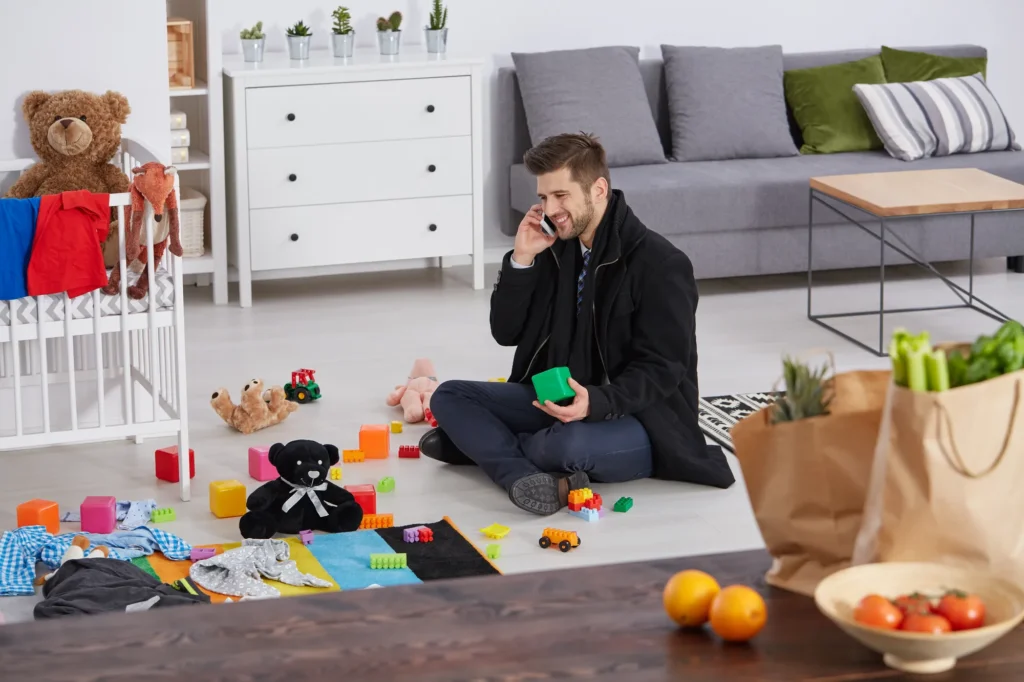
Conclusion
Now that we’ve looked at some creative ways to store toys in the living room, it’s clear that finding the right mix between style and functionality is essential for making a room that everyone in the family can enjoy. Let’s review some of the creative storage ideas we’ve already discussed and stress how important it is to find your way to organize things.
Recap of Creative Toy Storage Ideas for the Living Room
This post has covered many inventive toy storage methods to maximize space and improve your living room’s aesthetics. There are several ways to keep toys organized and visible in your house, from multi-functional furniture to attractive baskets and wall-mounted organizers.
Encouragement to Explore Personalized Solutions
These living room toy storage ideas are practical, yet every family’s needs and preferences differ. Therefore, we recommend custom storage solutions that match your lifestyle and design sensibility.
Emphasis on the Transformative Impact of Stylish and Organized Spaces
Finally, beautiful and orderly living environments can change daily existence. Spending time and effort in a clutter-free and attractive environment can boost productivity, reduce stress, and improve family well-being.

